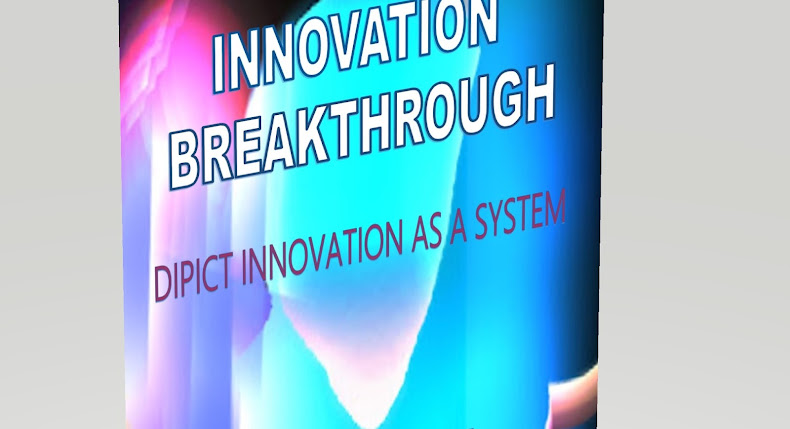Capability stands you out; Capacity scales you up!
Capability is the
ability to do something. Capacity is the throughput of something. An
organization might have the capability to manufacture widgets and the capacity
to manufacture 100 per hour. Adding Capacity provides you the opportunity
to do more of what you are already doing. Adding Capability provides a
differentiation and the more ability to do things that you weren’t able to do
previously.
Dynamic capability is the firm’s ability to integrate,
build, and reconfigure internal and external competences to address rapidly
changing environments. The capacity can reflect the gap in capability - that
might either be a throughput gap or it might be a resource/ process gap for the
capability to deliver a different product; processes underpin enterprise capability, and processes streamline business capacity.
Capability Gap is the lack of a capability. A capacity gap
is a lack of 'the resources' needed by the processes -which operationalize a
capability - to do a given amount of work. The resources could be CPU power or
people; not having sufficient resources is a capacity problem, not a capability
problem. Capacity implies 'quantity'- throughput is a quantity. A process
which lacks sufficient resources to do a given amount of work is a lack of
capacity.
 Enterprise Capability Management in essence consists of a
portfolio or matrix of capabilities that are used in various combinations to
achieve outcomes.Within that portfolio, a capability will be transient unless
managed and maintained over time. Therefore, a typical capability lifecycle
spans needs, requirements, acquisition, in-service and obsolescence/disposal
phases.
Enterprise Capability Management in essence consists of a
portfolio or matrix of capabilities that are used in various combinations to
achieve outcomes.Within that portfolio, a capability will be transient unless
managed and maintained over time. Therefore, a typical capability lifecycle
spans needs, requirements, acquisition, in-service and obsolescence/disposal
phases.
Enterprise Capacity Management more refers to a process
used to manage information technology (IT). Its
primary goal is to ensure that IT capacity meets current and future business
requirements in a cost-effective manner. One common interpretation of Capacity
Management is described in the ITIL framework.
ITIL version 3 views capacity management as comprising three sub-processes:
business capacity management, service capacity management, and component capacity
management
Indeed, organizations need to craft the effective strategy and efficient processes in pursuing such 3 "C"s: Capability, Capacity, which leads to Competency in catalyzing business growth and customer delight.
Indeed, organizations need to craft the effective strategy and efficient processes in pursuing such 3 "C"s: Capability, Capacity, which leads to Competency in catalyzing business growth and customer delight.











































3 comments:
Thanks for this post!
You can improve enterprise's capability (and with time, also capacity) by having proper software, like Microsoft Dynamics ERP system provided by anegis consulting, one of their partners. I got it for my company and I absolutely love it.
Thanks for this hint. A very interesting solution is also the removal of unnecessary addresses from the mailbox, or check email address
Post a Comment